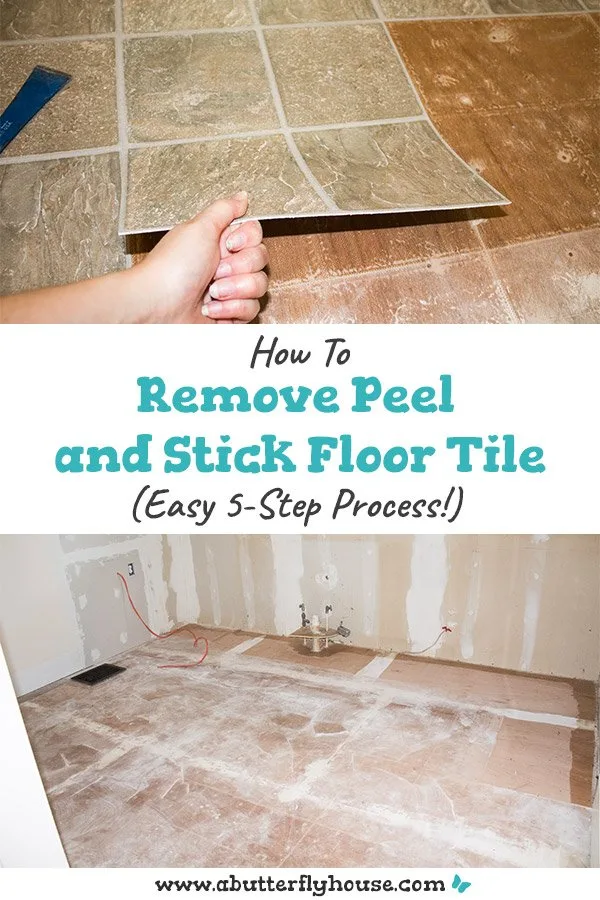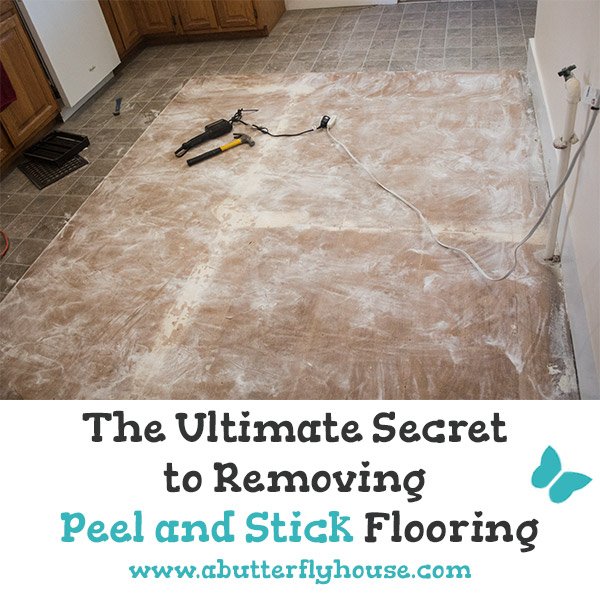

Eliminating sticky floor spots can be a frustrating task, but with the right knowledge and approach, it’s achievable. Sticky floor spots, often a result of spills, spills, or food residue, can detract from the aesthetics and overall cleanliness of your home or business. These spots can be difficult to remove, often requiring more than just a quick wipe-down. This comprehensive guide will walk you through the process of eliminating sticky floor spots, from identifying the source of the problem to implementing effective cleaning solutions for various floor types. We’ll explore different cleaning techniques, address common challenges, and provide actionable advice to help you reclaim a spotless and safe floor space. This article is structured into several key sections: first, we will define the issue and discuss the common causes of sticky spots. Then, we’ll delve into specific cleaning methods tailored for various floor materials, including hardwood, tile, and vinyl. Finally, we’ll provide a checklist for prevention and maintenance strategies.
Understanding Sticky Floor Spots
Common Causes of Sticky Floor Spots
Sticky floor spots are a common household issue that can be attributed to several factors. Food spills, grease buildup, or the remnants of sticky substances such as gum, candy, or adhesives are some frequent culprits. In some cases, older spills can become stuck to the floor in a sticky fashion. In addition, certain cleaning agents, if not used correctly or if left to sit on the floor for a long period of time, can also cause a sticky residue. Another contributing factor could be improper floor maintenance or outdated cleaning techniques. These factors can lead to sticky residues that are difficult to remove.
Identifying the Type of Sticky Residue
Determining the type of sticky residue is crucial for effective cleaning. Identifying the source helps in choosing the appropriate cleaning solution. For instance, a sticky residue from a spilled soda will require different treatment than one from a sticky glue. Knowing the composition of the sticky substance can prevent further damage to the floor. Different cleaning agents are designed to break down various substances, so matching the cleaning agent to the specific residue can prevent additional problems or damage.
Choosing the Right Cleaning Agent
Selecting Cleaning Products
The selection of cleaning products significantly influences the success of sticky floor spot removal. Choosing the appropriate cleaning products is essential to avoid causing damage to the floor surface and ensure effective removal of the sticky residue. Different floor types require different cleaning methods and products. For instance, harsh chemicals or abrasive scrubbers might damage delicate hardwood floors, while mild solutions may not be sufficient for tougher stains on tile or vinyl floors. A product suitable for a wooden floor may not work for a marble floor. It is crucial to check the manufacturer’s recommendations for the specific floor type to avoid potential damage. The best approach is to read labels carefully and choose cleaning solutions that are specifically designed for the floor type you have.
Applying the Cleaning Agent Correctly
Applying the chosen cleaning agent correctly is as important as selecting the right product. Following the manufacturer’s instructions carefully is key to successful cleaning. Excessive application or improper dilution can negatively affect the floor. For instance, using too much abrasive cleaner on a hardwood floor might scratch the surface. It’s crucial to avoid over-soaking the floor or letting the cleaning solution sit for extended periods. Apply the cleaner in small, targeted areas and monitor the reaction of the floor to the product.
Advanced Cleaning Techniques
Using Specialized Cleaning Tools
Advanced cleaning techniques and specialized cleaning tools can often provide the extra push for stubborn sticky floor spots. Consider using a scraper or a putty knife for stubborn adhesives or residues. These tools can effectively lift up the sticky substance without damaging the floor surface. Microfiber cloths and specialized brushes are valuable for tackling stuck-on debris.
Employing Heat or Steam
In some cases, applying heat or steam might help to soften the sticky residue, making it easier to remove. A hairdryer on a low setting or a steam cleaner can be effective for loosening dried food particles or other substances. It’s vital to be careful and test the method on an inconspicuous area of the floor before applying it to the affected area. This will help avoid damage to the floor’s surface.
Professional Cleaning Services
In cases where DIY methods fail to remove the sticky residue, professional cleaning services are a viable option. Professionals have the expertise and specialized equipment to tackle even the most persistent sticky floor spots. Hiring a professional is a great solution, especially for hard-to-clean materials.
Preventative Measures
Maintaining Cleanliness
Regular maintenance is crucial in preventing sticky floor spots from forming. Keeping spills cleaned up immediately prevents them from setting into stubborn residues. Prompt action is vital in minimizing the potential for sticky floor problems. Regular vacuuming or sweeping helps remove dust and debris, which can contribute to attracting sticky substances. Establish a routine of cleaning up spills as soon as possible to prevent them from turning into sticky residues.
Choosing Spill-Resistant Materials (Optional)
Consider choosing floor coverings that are spill-resistant to make cleaning easier. Some materials inherently resist certain substances more effectively than others. By choosing flooring materials with spill-resistant properties, the chance of sticky substances becoming a concern can be significantly reduced.
Specific Floor Cleaning Methods
Hardwood Floors
For hardwood floors, a mild solution of water and dish soap is often sufficient. Avoid harsh chemicals or abrasive cleaners to prevent damage. Use a soft cloth to wipe the affected area gently. For very stubborn spots, consider using specialized hardwood floor cleaners, following the manufacturer’s instructions carefully.
Tile and Grout Floors
For tile floors, a mixture of warm water and a mild cleaner can work effectively. For stubborn stains, a paste of baking soda and water can be applied to the affected area for a few minutes before scrubbing gently with a brush. Grout can be cleaned with a specialized grout cleaner. Following the manufacturer’s instructions closely is critical.
Vinyl Floors
For vinyl floors, you can usually use a cleaner designed for vinyl or laminate flooring, following the product’s instructions. Using a damp microfiber cloth to clean the area is a great starting point. Avoid harsh chemicals or scrubbing, which can damage the surface.
In conclusion, eliminating sticky floor spots requires a multi-faceted approach that tackles the root cause and employs effective cleaning techniques. By understanding the various types of sticky residues and implementing the methods discussed, you can transform your floors from sticky nightmares into pristine surfaces. Remember to choose cleaning products that are suitable for your specific floor type and follow manufacturers’ instructions for optimal results. For any persistent issues, don’t hesitate to consult a professional cleaning service. Ready to tackle those sticky spots? Click here to learn more about our cleaning products and services!